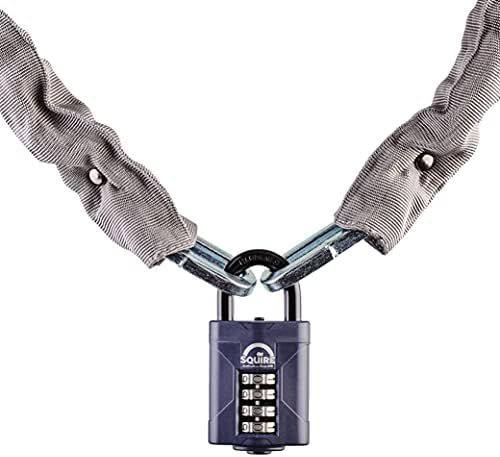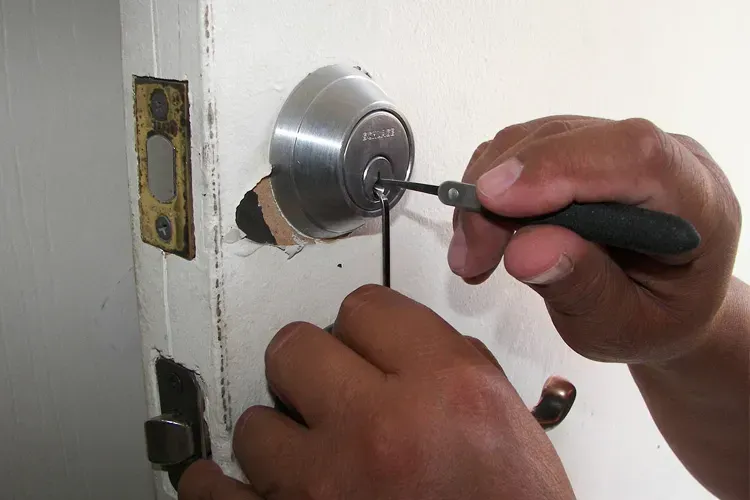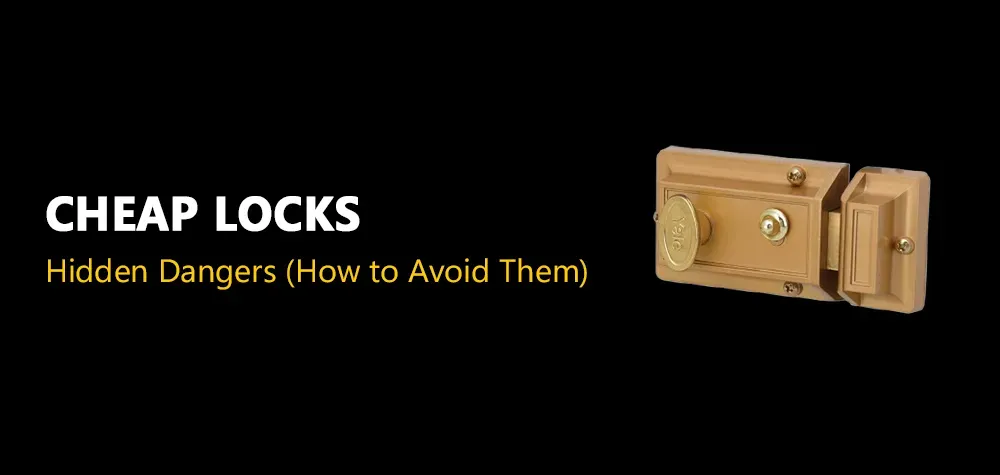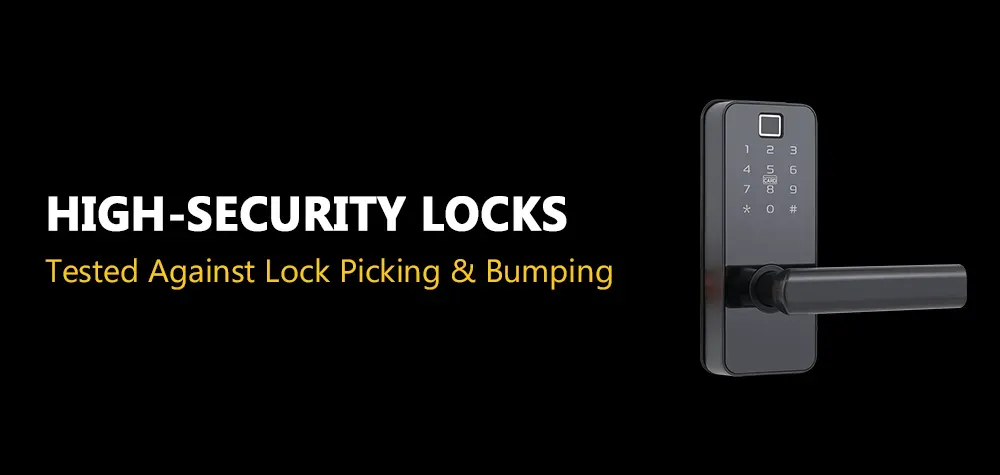What is a Slim Jim Tool and Do Slim Jim Tools Work?
Answering a question. Slim-Jim tools work? This question has no clear answer. You probably want us to answer quickly. We will. Right up! Start moving. However, a yes or no won't satisfy you. Be patient. We apologize. This article answers your question.
In this article, we will first define what a slim jim tool is, then we will tell you if it actually works, and how it works
Ready, set, go!
What is a Slim Jim Tool
When you search for Slim jim on Google, Google happily fills your screen with images of the slim jim snack. Well, most importantly, now you are on this page, you are at the right place. So, what is a slim jim tool? A slim jim tool is a long thin metal rod with a hook at its end. Carjackers and locksmiths use it to snap into locked car doors.
Do Slim Jim Tools Actually Work?
If you haven’t seen a slim jim tool before, you’ve probably seen it in a movie. The good guy is on the run in his vehicle. And the villain, in an attempt to give a chase, walks up to a vehicle, grabs a rod (slim jim tool), force opens the vehicle, enters, hot-wires it to get it started, and zooms… That’s a cliché scene used in many chase movies. You have surely seen a scene like that before, right?
The big question is – does the slim jim work that quickly? Well, if you know how to use the tool, and if you’ve used it so many times, then yes! You can use it that quickly. Locksmiths can be as fast as you saw in the movie by using the slim jim tool. Uhm, this is the part you might not want to hear. But carjackers too are that good at using it. And that’s scary. But can all cars be snap-opened with the slim jim tool?
Let’s find out!
Can The Slim Jim Tool Work on All Cars?
This probably was the next question that jumped into your mind, with your car in heart. And that’s okay. We all want to feel safe. So, to the question. The answer is no! No one can access the newer version of cars with a slim jim tool. Newer versions of vehicles will resist the slim jim tool. Thanks to the design of newer cars, a slim jim tool has gradually been pushed to be an irrelevant tool used by locksmiths in lock-picking cars.
How To Use a Slim Jim Tool
If you are using an old version car, and you mistakenly locked your key inside the car. You might want to call a locksmith professional. But if you want to handle the situation yourself. We have prepared for you a step-by-step guide to help you unlock the car without much hassle.
Before we continue with the guide, there are some things you should know.
- If your car is a new model, it can’t be unlocked with a slim jim tool. We advise you to reach out to locksmith professionals. If you go ahead trying to unlock it with a slim jim, you will end up damaging some vital things inside the door and make it impossible to unlock unless professional locksmiths fix or change the damaged parts.
- Slim jimming is a very delicate operation and can go horribly wrong if not carried out with utter carefulness. You can end up damaging the vital things inside your door.
- Whenever you want to go ahead with this operation. Don’t do it in a haste or under pressure. Forget what you see in movies.
Now that you are aware of the risk, we can now proceed to let you know how to unlock your car with a slim tool.
Here it comes:
- Slip the rod between the weather strip and your window.
- Carefully fidget the rod back and forth till the lock wiggle a bit.
- Find out the area touched that causes the wiggling and work your way around till you can hook it from within
- Give it a gentle pul-up.
- Carefully pull the rod out without pulling a wire.
There you go! You are welcome.
Will a Slim Jim Destroy Your Car?
Actually, movies make it look so easy. But is it that easy? Well, all we can say is: there are risks involved. And not just that, to you who’s not an expert, breaking into your car won’t be an easy task.
Since the slim jim method has been a long-time threat to cars, manufacturers of cars have been able to generate a few defenses against the tool. If your car has a power lock, the slim jim will rather catch a bunch of wires rather than reach the lock mechanism. Simply put, if your car has a power lock, using a slim jim will rather damage your car, instead of unlocking it. You will feel wires instead of the locking mechanism.
Another mechanism some cars use to resist the slim jim is that they have shielding against the tool. So, instead of the slim jim hitting the locking mechanism, it hits the shield. And cant pass through the slim.
But the truth is: Even if you are working on the perfect car model that seems the most accessible by a slim jim -no security, no power lock, no shielding. There is still a huge tendency that you will get the car lock destroyed if it’s your first time trying.
Play Safe
Our advice is that you play safe if your car is locked from the inside. The locksmith professionals are here to help you. Here at Brothers Locksmith, we take pride in being a top-rated lock service in Phoenix, Arizona. We offer emergency automotive locksmith services. Before you use the slim jim tool, reach out to us so we can handle your car with our professional hands at an affordable price. Contact us here!
Call Us Any Time!






